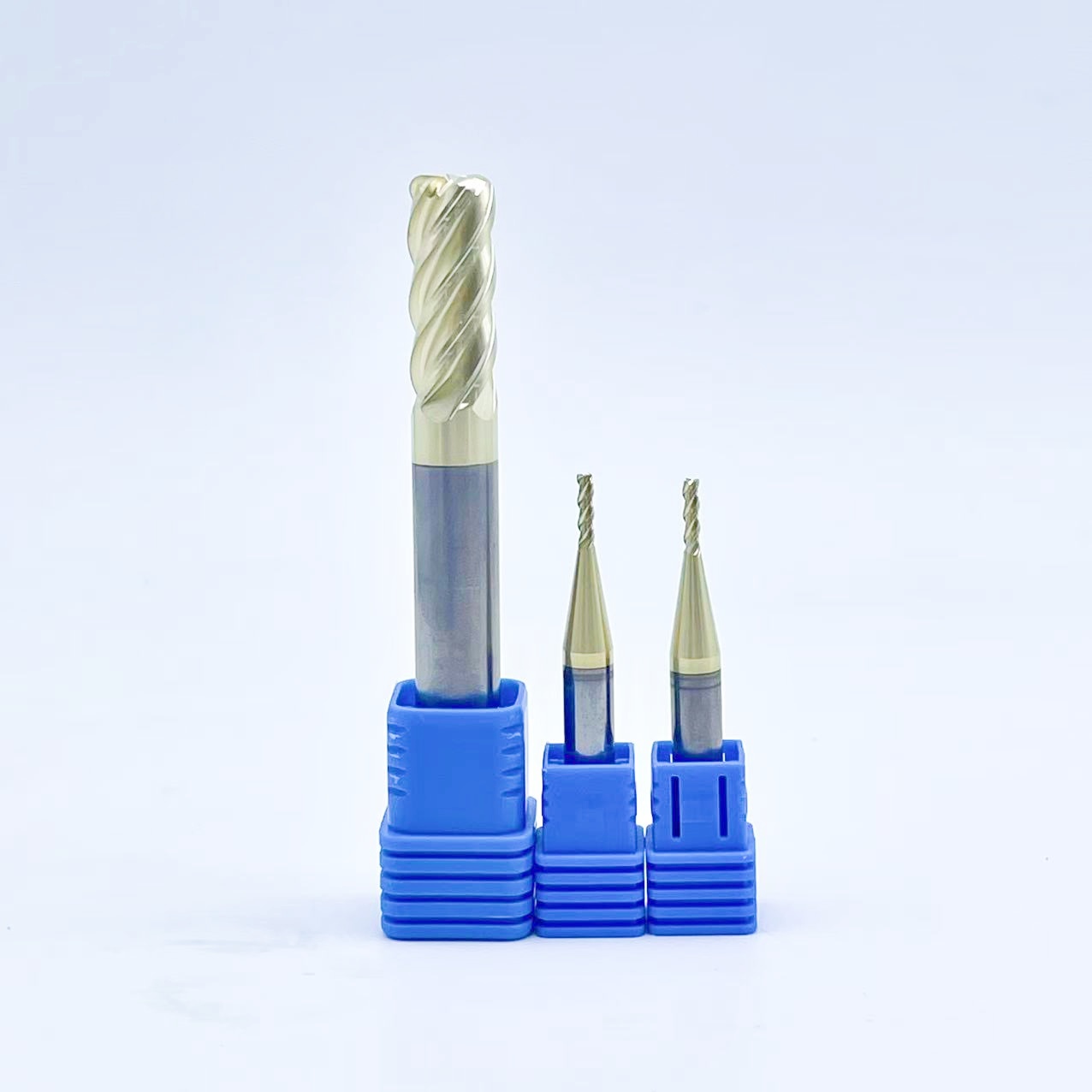English
- All
- Product Name
- Product Keyword
- Product Model
- Product Summary
- Product Description
- Multi Field Search
Views: 0 Author: Site Editor Publish Time: 2025-11-11 Origin: Site

Cutting tools are essential components in many industrial applications, from milling and drilling to turning and grinding. Whether you're machining soft metals or hard alloys, cutting tools are designed to shape, cut, or remove material precisely. In this article, we will explore the three primary types of cutting tools used in machining—Milling Tools, Turning Tools, and Drilling Tools—with a focus on their unique characteristics, applications, and benefits.

Milling tools are designed to remove material from a workpiece by rotating against it. The tool's multiple cutting edges work simultaneously, making them suitable for high-speed machining applications. Milling is a versatile operation that can shape, slot, or finish parts with complex geometries. Milling tools are found in various industries, including aerospace, automotive, and manufacturing.
End Mills: These are among the most common milling tools, offering versatility in cutting both horizontally and vertically. They are often used for creating slots, holes, and complex contours.
Ball Nose End Mills: Perfect for 3D contouring, these tools are designed with a rounded cutting edge that is ideal for complex surface machining.
Face Mills: Primarily used for large-scale material removal and surface finishing, face mills feature multiple inserts and are ideal for flattening surfaces or creating a smooth finish.
Milling tools are widely used in:
Aerospace components
Automotive prototyping
Mold and die making
Medical device manufacturing
These tools are especially effective for materials like titanium alloys, stainless steel, and Inconel, offering excellent durability and precision.
Precision and Accuracy: Milling tools offer high precision, crucial for industries like aerospace, where tight tolerances are required.
Durability: Advanced coatings, like TiAlN, help milling tools resist wear and high temperatures, improving tool life.
Efficiency: Milling tools are designed to cut efficiently with low vibration, increasing the feed rates and ensuring smooth machining operations.
Turning tools are used in lathe machines to cut material from a rotating workpiece. These tools are typically employed in the turning process to create cylindrical parts. Turning tools can produce both external and internal features on a workpiece, such as faces, grooves, or threads.
Grooving Tools: These are used to create grooves or channels in a workpiece, essential for operations like turning shafts.
Threading Tools: Specifically designed for cutting threads on the exterior or interior of a workpiece, threading tools are essential for producing screws and bolts.
Boring Tools: Boring tools are used for enlarging existing holes in a workpiece, often following an initial drilling operation.
Automotive: Producing shafts, bolts, and other cylindrical components.
General Machining: Creating precision threads and round surfaces in metalworking.
Strong Cutting Edge: Turning tools need a sharp and robust cutting edge to withstand the forces exerted by rotating workpieces.
Variety of Geometries: From inserted tooling to solid carbide tools, turning tools come in various geometries to suit specific applications.
High Cutting Speeds: These tools are designed to operate at high speeds, ensuring efficient material removal.
Drilling tools are used to create round holes in a workpiece by rotating against it. These tools are widely used in both manual and automated machining processes. Drilling tools come in different types, including twist drills, spade drills, and indexable drills.
Twist Drills: The most common type of drill bit, designed for general-purpose drilling, particularly in metalworking and woodworking applications.
Spade Drills: Larger drills used for heavy-duty holemaking, ideal for creating larger diameter holes.
Indexable Drills: These drills use replaceable inserts and are ideal for high-volume production.
Construction: Drilling tools are used to make holes in building materials.
Manufacturing: Drilling tools are essential for creating precise holes in a variety of metals and alloys.
Cutting Edge Material: Carbide or coated tips increase cutting performance and longevity.
Efficient Chip Removal: Drilling tools are designed with flutes to remove chips efficiently, reducing heat and improving tool life.
Milling tools are used for cutting, shaping, and finishing a wide variety of materials, including metals, plastics, and composites. They are commonly used for operations such as slotting, cutting, and surface finishing.
Choosing the right milling tool depends on the material you are working with, the type of operation (roughing or finishing), and the desired surface finish. End mills are often used for general-purpose milling, while ball nose end mills are ideal for intricate contouring.
Turning tools are typically made of high-speed steel (HSS) or carbide. Carbide is often preferred for its superior hardness and resistance to wear.
Coatings such as TiAlN or AlTiN improve the tool's performance by enhancing wear resistance, reducing friction, and increasing heat resistance, especially when machining tough materials like titanium or stainless steel.
While drilling tools are primarily used for hole-making, some specialized drill bits can also be used for basic milling operations, but milling tools are generally more effective for complex cutting.
Cutting tools are an essential part of the machining process, with milling tools, turning tools, and drilling tools each serving a critical role. By understanding the types, applications, and features of these tools, manufacturers can select the right tools for their operations, ensuring efficiency, precision, and tool longevity. As technology advances, the integration of specialized coatings and advanced materials continues to improve the performance of these tools, making them more efficient and cost-effective for a wide range of industries.